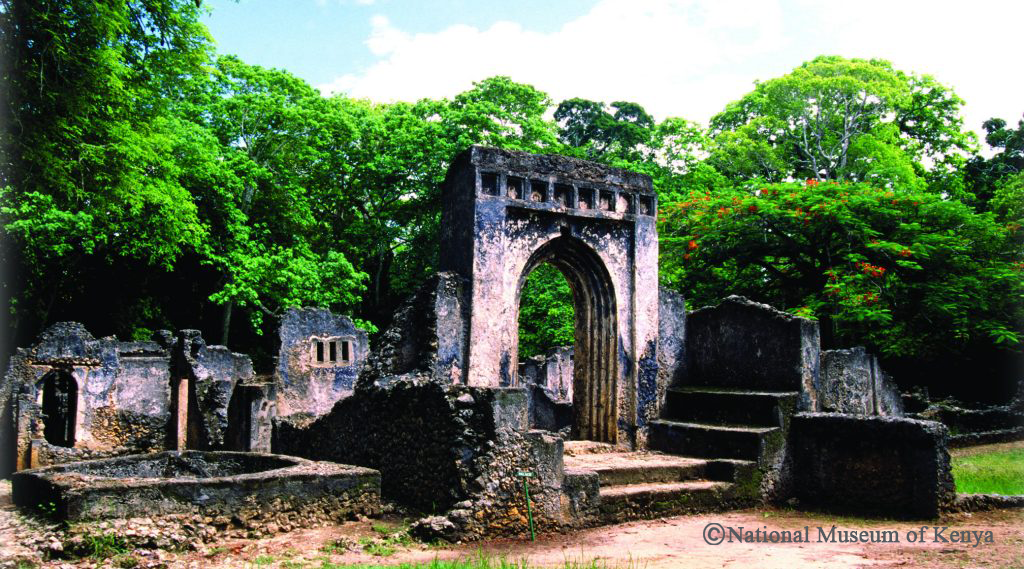Gede Inscribed as UNESCO World Heritage Site
During the 46th World Heritage Committee session, held in New Delhi, India, the Historic Town and Archaeological Site of Gede was added to the coveted UNESCO World Heritage Sites list. This significant addition marks Kenya’s eighth UNESCO World Heritage Site, joining the ranks cultural sites of Lamu Old Town, Fort Jesus, Sacred Mijikenda Kaya Forests, Thimlich Ohinga Archaeological Site, and the three natural sites: Mount Kenya National Park, Lake Turkana National Parks, and the Kenya Lake System in the Great Rift Valley (Lake Bogoria, Lake Nakuru, and Lake Elementaita).

Gede, an abandoned city encircled by a coastal forest, was one of the most significant Swahili settlements on the East African coast between the 10th and 17th centuries. It played a crucial role in the extensive trade and cultural exchanges that connected coastal African cities with Persia and other regions across the Indian Ocean. The site features remnants of civic, religious, and residential buildings, an advanced water management system, and showcases the essence of Swahili architecture and town planning through the use of materials such as coral rag, coral and earth mortar, and wood.
The World Heritage Committee’s thorough assessment and subsequent approval of Gede’s designation highlight the site’s exceptional global value. This achievement demonstrates the commitment and teamwork between the National Museums of Kenya (NMK), Kenya National Commission for UNESCO (KNATCOM), and the Kenya Permanent Delegation to UNESCO. The designation of Gede as a World Heritage Site creates new opportunities for the local community through sustainable tourism, international collaboration, and research.
Dr. James Njogu, Acting Secretary General/CEO of KNATCOM, remarked on the significance of this achievement, noting that the inscription of Gede is monumental and an outstanding testament to Kenya’s rich heritage. The Board, led by Chairman Prof. Mohamed Rajab, expressed gratitude to the team from the National Museums of Kenya, KNATCOM, and the Kenya Permanent Delegation to UNESCO. Prof. Rajab also encouraged the team to mobilize resources to inscribe more sites in Kenya and ensure their sustainable management.
This milestone underscores KNATCOM’s dedication to preserving and promoting Kenya’s cultural and natural heritage, reinforcing the nation’s standing on the global stage.
